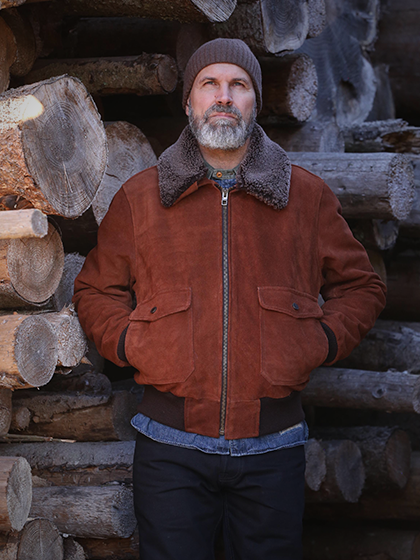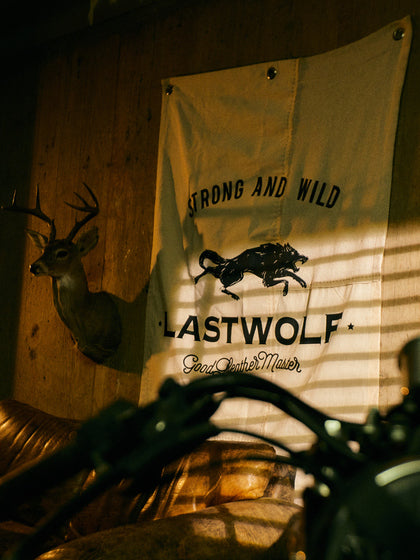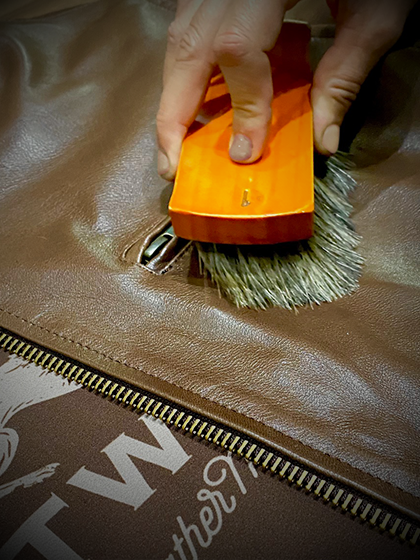Leather has been a crucial material for human survival for thousands of years. From clothing to shelter, ancient civilizations relied on leather jackets and other leather goods to protect themselves from the elements. Its durability and versatility made it a staple in daily life.
How Early Civilizations Used Leather for Survival
In ancient times, leather played a critical role in day-to-day survival. It was used not only for leather jackets but also for creating shoes, tents, and other protective items. Early hunters and gatherers utilized animal hides for their warmth and durability, understanding the importance of craftsmanship and attention to detail in preparing these materials.
What was the use of leather in ancient times?
Leather served a multitude of purposes in ancient times. It was primarily used for clothing, such as leather jackets, shoes, and belts, but also extended to more practical uses like creating durable tools, armor, and even ropes. Its resistance to wear and tear, as well as its ability to be shaped, made it an indispensable material for ancient societies.
How did ancient people process leather?
Ancient people processed leather through tanning, a method that involved drying the hides and treating them with natural substances to preserve them. Over time, civilizations developed more sophisticated techniques that included soaking the leather in tannin-rich solutions from tree bark, which improved its flexibility and durability.
What role did leather play in early trade?
Leather was highly valued in ancient trade due to its versatility and durability. Early civilizations, such as the Egyptians and Mesopotamians, traded leather goods like leather jackets, shoes, and armor across regions. This commodity was exchanged for food, spices, and other essential goods, highlighting its importance as a material transcending geographic boundaries.
What innovations did ancient people bring to leather production?
Ancient people contributed several innovations to leather production. Early techniques, such as tanning with tree bark, helped make leather more durable and flexible. Additionally, different cultures developed unique methods for dyeing and shaping leather into intricate designs for clothing, armor, and accessories, further demonstrating their attention to detail and mastery over this craft.









